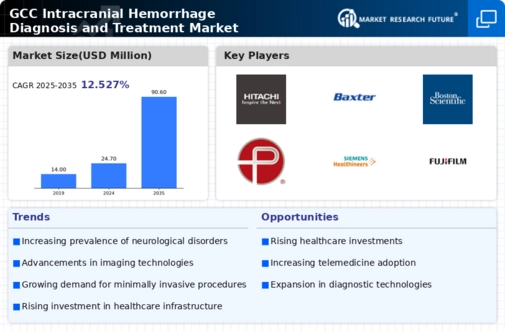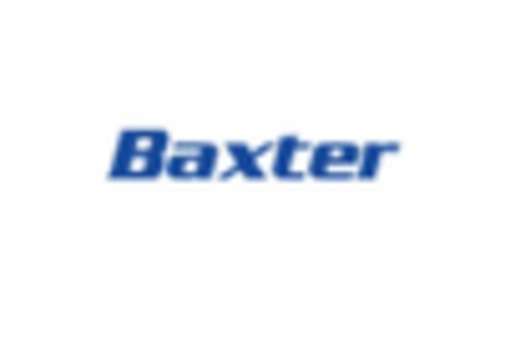The GCC Intracranial Hemorrhage Diagnosis and Treatment Market is characterized by a rapidly evolving landscape that is influenced by advancements in medical technology, increasing incidence rates of intracranial hemorrhage, and a growing emphasis on innovative treatment protocols.
The competition within this market is marked by a diverse array of players, including established multinational corporations as well as emerging local companies.
These entities compete in manufacturing state-of-the-art medical devices, offering advanced diagnostic solutions, and delivering comprehensive treatment methodologies, thus enhancing patient outcomes and streamlining healthcare processes.
Competitive dynamics are shaped by factors such as regulatory approvals, technological innovations, strategic partnerships, and the ability to provide efficient healthcare delivery systems that meet the unique needs of the GCC region.
Medtronic, a leading player in the GCC Intracranial Hemorrhage Diagnosis and Treatment Market, has established a strong market presence owing to its extensive portfolio of medical technologies and devices specializing in neurovascular care.
The company’s strengths lie in its commitment to innovation and research, which has led it to develop cutting-edge treatment solutions tailored for intracranial hemorrhage. Medtronic's products are well-regarded for their reliability and efficacy, and its strong distribution network across the GCC facilitates access to its state-of-the-art devices.
Additionally, the company's focus on training healthcare professionals to optimize product usage further enhances its competitive position in the region. By aligning with healthcare providers and educational institutions, Medtronic is effectively advancing its mission to improve patient care through pioneering technologies in the market.
Cerenovus, another significant contributor in the GCC Intracranial Hemorrhage Diagnosis and Treatment Market, focuses on providing innovative solutions and specialized services aimed at treating intracranial hemorrhage.
The company maintains a keen emphasis on developing high-quality medical devices, notably in the areas of neurovascular intervention, which are crucial for timely and effective treatment of hemorrhagic conditions.
Cerenovus's strengths lie not only in its product offerings but also in its strategic partnerships and collaborations within the GCC healthcare sector, which bolster its capabilities and broaden its market reach.
The company is actively engaged in mergers and acquisitions that support its expansion objectives and enhance its technological prowess. Cerenovus is committed to advancing healthcare delivery and improving patient outcomes by leveraging its expertise and tailored solutions to address the specific challenges faced in the GCC, positioning itself as a trusted partner in neurovascular care.


















Leave a Comment